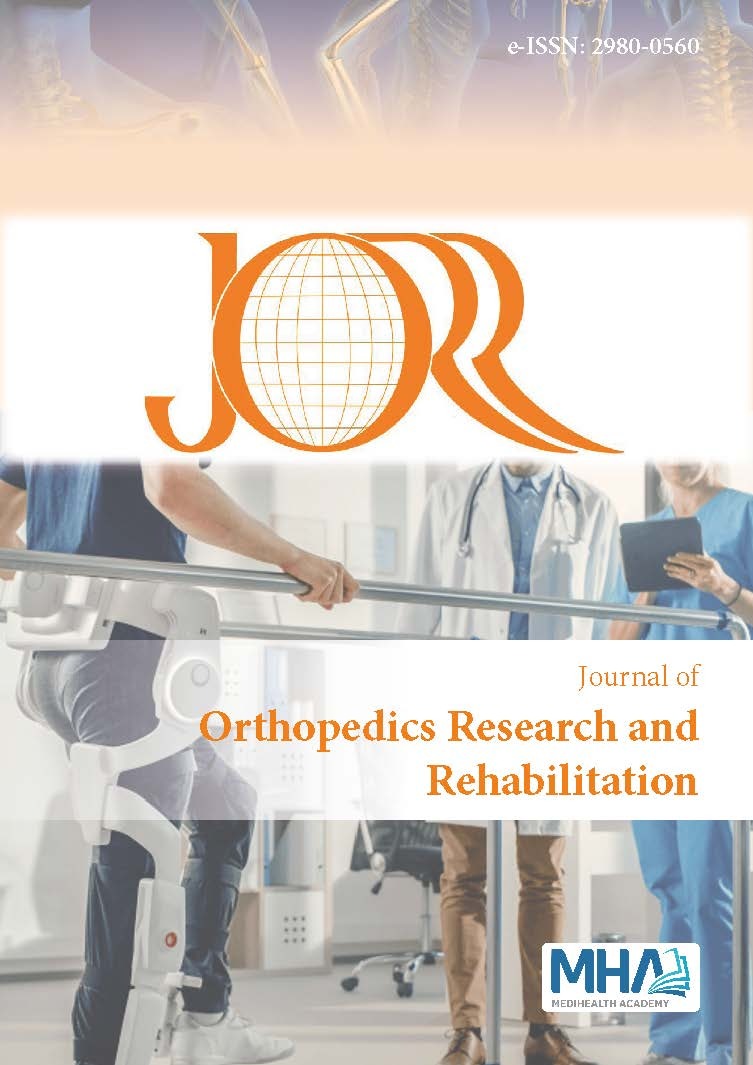1. Sung H, Ferlay J, Siegel RL, et al. Global cancer statistics 2020:GLOBOCAN estimates of incidence and mortality worldwide for 36cancers in 185 countries. CA Cancer J Clin. 2021;71(3):209-249.
2. Smith CDL, McMahon AD, Lyall DM, et al. Development and externalvalidation of a head and neck cancer risk prediction model. Head Neck.2024. doi:10.1002/hed.27834
3. Mendenhall WM, Hinerman RW, Amdur RJ, et al. Postoperativeradiotherapy for squamous cell carcinoma of the head and neck. ClinMed Res. 2006;4(3):200-208.
4. Tsimberidou AM. Targeted therapy in cancer. Cancer Chemo Pharma.2015;76:1113-1132.
5. Schuster M, Nechansky A, Kircheis R. Cancer immunotherapy. BiotechJ Healthcare Nutri Techno. 2006;1(2):138-147.
6. Agostinis P, Berg K, Cengel KA, et al. Photodynamic therapy of cancer:an update. CA Cancer J Clin. 2011;61(4):250-281.
7. Schutte HW, Heutink F, Wellenstein DJ, et al. Impact of time todiagnosis and treatment in head and neck cancer: a systematic review.Otolaryngo-head Neck Surg. 2020;162(4):446-457.
8. Mody MD, Rocco JW, Yom SS, Haddad RI, Saba NF. Head and neckcancer. The Lancet. 2021;398(10318):2289-2299.
9. Schorn L, Lommen J, Sproll C, et al. Evaluation of patient specificcare needs during treatment for head and neck cancer. Oral Oncology.2020;110:104898.
10. Felser S, Behrens M, Liese J, et al. Feasibility and effects of a supervisedexercise program suitable for independent training at home on physicalfunction and quality of life in head and neck cancer patients: a pilotstudy. Integrat Cancer Therap. 2020;19:1534735420918935.
11. van Vulpen JK, Witlox L, Methorst-de Haan AC, et al. Perceivedfacilitators and barriers by esophageal cancer survivors participating ina post-treatment exercise program. Support Care Cancer. 2023;31(6):320.
12. Anandavadivelan P, Malberg K, Vikstrom K, et al. Home-basedphysical activity after treatment for esophageal cancer-A randomizedcontrolled trial. Cancer Med. 2023;12(3):3477-3487.
13. Wen L, Chen X, Cui Y, Zhang M, Bai X. Effects of Baduanjin exercisein nasopharyngeal carcinoma patients after chemoradiotherapy: arandomized controlled trial. Support Care Cancer. 2023;31(1):79.
14. Allen SK, Brown V, White D, et al. Multimodal prehabilitation duringneoadjuvant therapy prior to esophagogastric cancer resection: effecton cardiopulmonary exercise test performance, muscle mass andquality of life-a pilot randomized clinical trial. Annals Surg Oncology.2022:1-12.
15. Lin K-Y, Cheng H-C, Yen C-J, et al. Effects of exercise in patientsundergoing chemotherapy for head and neck cancer: a pilot randomizedcontrolled trial. Inter J Environment Res Public Health. 2021;18(3):1291.
16. Hu Q, Zhao D. Effects of resistance exercise on complications, cancer-related fatigue and quality of life in nasopharyngeal carcinoma patientsundergoing chemoradiotherapy: a randomised controlled trial.European J Cancer Care. 2021;30(1):e13355.
17. Thomas A, D’Silva C, Mohandas L, Pais SM, Samuel SR. Effect of muscleenergy techniques V/S active range of motion exercises on shoulderfunction post modified radical neck dissection in patients with headand neck cancer-a randomized clinical trial. APJCP. 2020;21(8):2389.
18. Simonsen C, Thorsen-Streit S, Sundberg A, et al. Effects of high-intensity exercise training on physical fitness, quality of life andtreatment outcomes after oesophagectomy for cancer of the gastro-oesophageal junction: preset pilot study. BJS Open. 2020;4(5):855-864.
19. Lavigne C, Twomey R, Lau H, Francis G, Culos-Reed SN, Millet GY.Feasibility of eccentric overloading and neuromuscular electricalstimulation to improve muscle strength and muscle mass after treatmentfor head and neck cancer. J Cancer Survivorship. 2020;14:790-805.
20. YenCJ, Hung CH, Kao CL, et al. Multimodal exercise ameliorates exerciseresponses and body composition in head and neck cancer patientsreceiving chemotherapy. Support Care Cancer. 2019;27(12):4687-4695.doi:10.1007/s00520-019-04786-1
21. Samuel SR, Maiya AG, Fernandes DJ, et al. Effectiveness of exercise-based rehabilitation on functional capacity and quality of life in headand neck cancer patients receiving chemo-radiotherapy. Support CareCancer. 2019;27(10):3913-3920. doi:10.1007/s00520-019-04750-z

